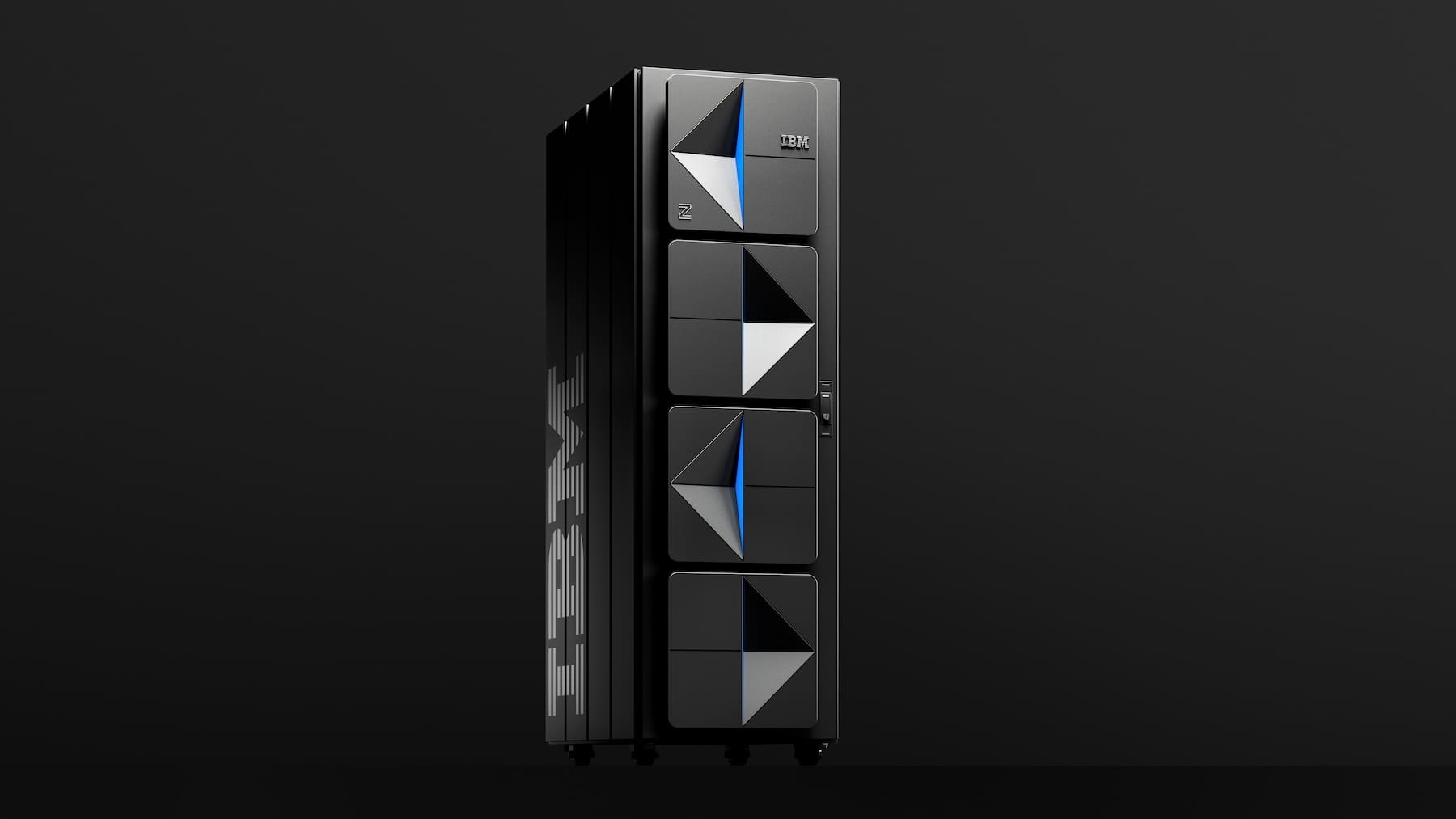With unprecedented power, integrated multimodal AI capabilities, and an architecture designed for hybrid environments, IBM’s new mainframe promises to revolutionize enterprise processing.
IBM has unveiled the IBM z17, the first mainframe built from the ground up to tackle the challenges of generative artificial intelligence (GenAI) and large language models (LLM) at an enterprise scale. This new system, driven by the IBM Telum II processor, marks a technological milestone with a 50% improvement in inference operations compared to its predecessor, the z16.
Designed to integrate AI, security, performance, and resilience into a single platform, the z17 represents the culmination of over five years of development and more than 300 patent applications. It has involved collaboration from over 100 clients and multiple IBM divisions, including Research, Software, and watsonx.
AI Integrated at Its Core
One of the major innovations of the IBM z17 is its ability to execute more than 450 billion inference operations per day, with latencies as low as 1 millisecond. This is made possible by the Telum II chip, which incorporates key enhancements in frequency, computing capabilities, and 40% more cache memory.
Additionally, IBM has announced the new Spyre Accelerator, a PCIe card that will be available in late 2025 and will complement the Telum II to enable advanced generative AI capabilities. Its aim: to allow the secure execution of virtual assistants on enterprise data without needing to move it outside the mainframe.
Enhanced User Experience with AI
The z17 includes new conversational agents and integrated assistants, such as watsonx Code Assistant for Z and watsonx Assistant for Z, which integrate with tools like Z Operations Unite. These agents enable incident management via chat, real-time anomaly detection, and faster error resolution in mission-critical environments.
Prepared for the Hybrid World
The new z/OS 3.2 operating system, expected in the third quarter of 2025, has been optimized for hybrid environments. It provides support for NoSQL databases, predictive analytics, and access to enterprise data from cloud workloads. Along with IBM Z Operations Unite, IT teams will be able to monitor and automate operations using artificial intelligence and data in OpenTelemetry format.
Uncompromising Security
In the context of constant threats, the IBM z17 strengthens its cybersecurity architecture with new features:
- IBM Vault, a solution based on HashiCorp technology, is already integrated for secure secret management in hybrid environments.
- Threat Detection for z/OS, powered by AI, enables real-time identification of anomalous behavior within the operating system.
- New features are under development for automated identification and classification of sensitive data, using natural language processing techniques.
A Comprehensive Ecosystem: Storage and AI-Ready Support
IBM has also announced native integration with its 10th generation DS8000 storage platform, optimized for high-performance workloads. Additionally, the IBM Support for z17 service, powered by watsonx, will allow customers to manage cases with greater agility and reliability, thanks to the use of artificial intelligence in support processes.
Availability
The IBM z17 will be available starting June 18, 2025, while the Spyre Accelerator will arrive in the fourth quarter of the year.
With this new generation, IBM redefines what mainframe means in the era of generative AI, merging security, performance, and advanced analytics capabilities to enable organizations to extract real-time value from their most critical data.

